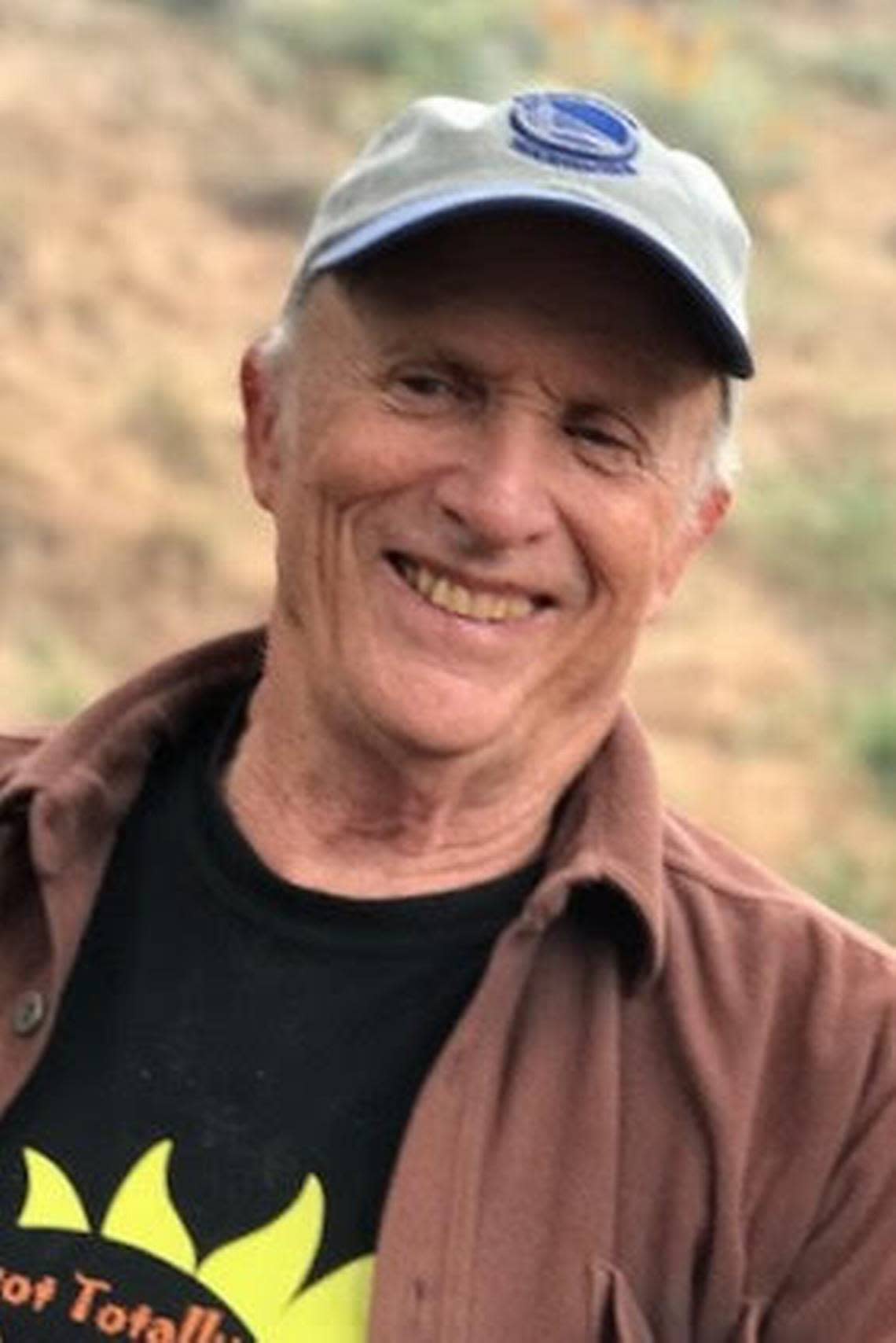Only half of Fresno County’s Latinos are vaccinated for COVID. Here are ways to do better
Fresno County has done better than most agricultural counties in California confronting COVID-19, as measured by countywide vaccination rates. Fresno County residents should be proud of the progress made by their public health department, working in collaboration with community-based organizations.
But serious inequities persist. Only half of the Latinos in Fresno County have been vaccinated, and they are also much less likely than whites to be “up to date” with vaccination (45% vs. 58%). Working-age adults and teenagers are falling seriously behind in vaccinations and boosters. Increasing complacency and politically-driven misinformation are now undermining the progress that’s been made so far.
But the fight against COVID-19 is not over — renewed vaccination efforts are needed. What’s the urgency? A Los Angeles County study found that unvaccinated adults were 23 times more likely to be hospitalized than those who had been vaccinated and gotten a booster.
Moreover, the virus is evolving. By early August, the highly-infectious post-Omicron viral variants BA.4 and BA.5 made up about 97% of all cases reported in the U.S. These new variants are highly infectious and agile in escaping our immune defense systems, although vaccination still helps. Getting vaccinated, and a booster shot when needed, does a lot to avoid the risk of serious illness.
Many believe that COVID-19 is a mild disease — easy to ignore or endure. But that’s not true not for everyone. About two out of five Fresno County residents are “high risk” for becoming seriously ill if they are infected. The good news is that the anti-viral Paxlovid — taken soon after infection (1-5 days after symptoms appear) — reduces risk of hospitalization by 89% in clinical trials. Now that lifesaving anti-viral treatments are available, it’s time to work hard to tailor the promising national Test-to-Treat initiative to make rapid, easy, free treatment access work effectively for everyone, including in farmworker communities.
Still, challenges remain. For example, the county’s online locator for Test-to-Treat sites is not very useful for the many households on the west side and elsewhere that lack Internet access. And a local pharmacy may not have Paxlovid, the treatment of choice, in stock. It’s crucial to guarantee treatment will be free.
A recent report from CDC researchers shows that the lifesaving anti-viral treatment is being prescribed in the socially vulnerable communities (like the farmworker communities in Fresno County) only half as often as in affluent ones. And more people are dying in these communities. A recent research analysis shows that during 2021 Hispanics in rural areas in the West were much more likely to die from COVID-19 than whites (1.41 times the death rate for Whites).
Fresno County’s public health efforts have been better than in other agricultural counties, but the bar is low because some other counties have done so little. Fresno needs to persist and do more— building on the partnerships it’s already developed with community-based grassroots organizations and agricultural employers.
It’s possible to make the “Test-to-Treat” approach work well even in challenging circumstances. New York City,with a racially/ethnically diverse population and poverty rates similar to those in Fresno County, has convincingly demonstrated success. So has Los Angeles. What can be done to give everyone in Fresno County better access to lifesaving treatment? Here’s some suggestions to safeguard vulnerable families:
▪ Re-design vaccination promotion campaigns tailoring messaging to key groups falling behind in getting vaccinations and boosters: parents of young children, pregnant women, teenagers, and working-age adults.
▪ Campaign aggressively to explain how important testing is and that high-risk people should immediately seek treatment (within 5 days of symptoms) if positive. Explain that treatment is available for everyone. Use Spanish-language radio, TV, mobilize community health workers to spread the word.
▪ Campaign to make everyone, especially in vulnerable communities, aware of their own risk for COVID-19 by supporting community organizations and health clinics to pre-screen families that have no “medical home” to determine whether they are high-risk.
▪ Publicize a single countywide toll-free number where people without a doctor can call in for telehealth screening by a physician, nurse, or pharmacist who will immediately prescribe them the right anti-viral.
▪ Deliver medication directly to the homes of families without transportation, to the elderly, and to people where no local pharmacy stocks anti-virals.
Overcoming complacency is hard work, but basic good sense. Where there’s a will, there’s a way. Today’s investments in efforts to advance health equity will pay off for years to come.
Edward Kissam of Oakland is a leading researcher and advocate for on strategies to deal with COVID-19 in farmworker and immigrant communities. He has led research on farmworker and immigrant issues sponsored by the Department of Labor, the Commission on Agricultural Workers, and the National Institute for Food and Agriculture. He is also a trustee of the WKF Charitable Giving Fund.

